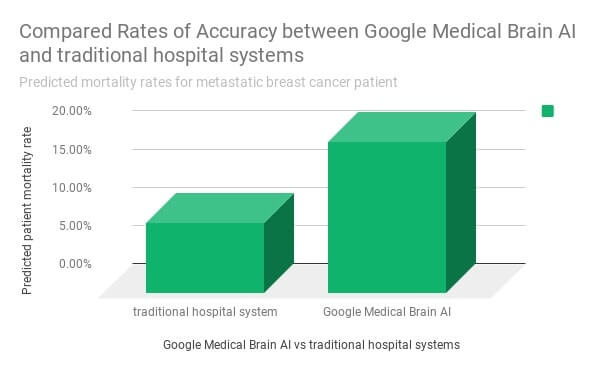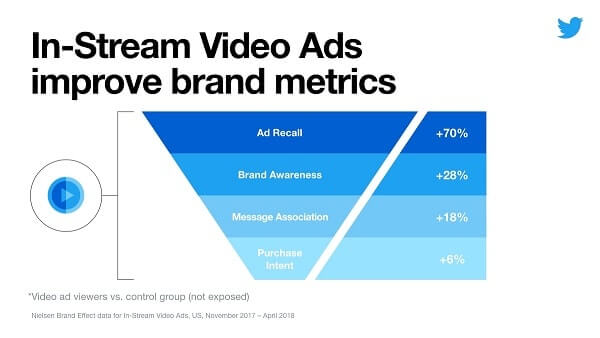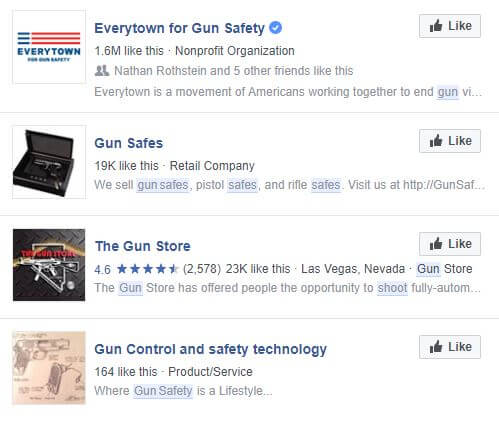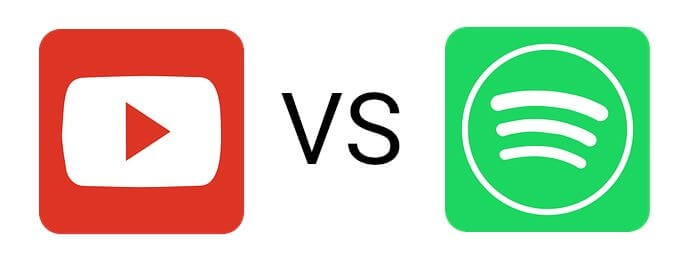#SocialRecap 12: Top Social Media News and Digital Marketing Trends
#SOCIALRECAP is our recurring column covering top social media news and key digital marketing trends from all over the Internet. Stay up-to-date and get a fresh take on all things SMM inside each new Recap.
This week’s topics for #SOCIALRECAP 12:
- Google Medical Brain AI is now more accurate than hospitals at predicting patient mortality rates – how else can AI improve medical care?
- Twitter expands Instream Video Ads to advertisers in 12 global markets (after all, 50% of Twitter’s Q1 revenue came from video alone)
- Shoppable STORIES are coming to Instagram… so why would Insta want users to limit their time on IG with Daily Reminders?
- … plus more social media news and digital marketing trends in the full recap!
Want to free up your hands and listen to social media news instead of reading about it?
Catch the (full) video version of the #SOCIALRECAP on YouTube. Each new episode takes you through recent highlights and trends in social media and digital marketing news, just like the recurring column. Only on YouTube, it’s hands-free and no reading required.
No headphones but want to get updated on SMM news NOW?
Get caught up on the top most recent social media news and key digital marketing trends below!
1. Google Medical Brain AI more accurate than hospitals at predicting patient mortality rates
Google has taught its Medical Brain AI how to predict a patient’s risk of mortality, discharge and readmission – even more accurately than many hospitals!
By taking a wider range of patient data than most hospitals do (!!) into consideration, and then teaching its AI how to read all that data, Google’s predictive algorithm has shown higher accuracy than traditional hospital systems – in terms of predicting patient health and medical needs.
In fact, in one of its earlier studies, a hospital predicted a 9.3% risk of mortality for a patient with metastatic breast cancer, while Google’s Medical Brain AI predicted a higher 19.9% risk. The patient, unfortunately, passed away less than 2 weeks later, but as we can see, the higher mortality rate that Google predicted was more accurate than the prediction from the hospital’s own warning system.

A big part of why Medical Brain has higher accuracy is because Google’s AI reads all the notes that doctors jot down about each patient in their Emergency Health Records – while many hospital warning systems base their predictions on a smaller subset of data.
Google is currently exploring other ways it could improve the accuracy of Medical Brain even more. This includes voice recognition so that doctors won’t have to manually make notes for patient files. While this would streamline the medical process a great deal, it would require tremendous accuracy on the part of Google to avoid any major disasters (understanding different accents, pronunciation, etc).
If Google is able to do all this while complying with data security regulations, Medical Brain would be making huge advancements in medical care, minimizing the risk of human error.
2. Twitter expands Instream Video Ads to advertisers in 12 global markets
Twitter is making Instream Video Ads available advertisers in 12 different global markets.
The decision to expand instream video ads is supported by data showing how well this strategy has been working for brands. Research from Nielsen reports that instream video ads have helped businesses improve ad awareness by 70%, brand awareness by 28% and even increase viewer purchase Intent by 6%.

And the benefits aren’t just restricted to brands: video publishers on Twitter saw a 60% increase in Year-over-year revenue within 2017. And 50% of Twitter’s own 575 Million Dollar revenue from Quarter One of last year came solely from video ads… which isn’t all that surprising considering that video views in general have Doubled on Twitter in just one year.
3. Shoppers coming soon to Instagram STORIES
Meanwhile, Instagram wants its users to shop inside Instagram Stories, not just in feed posts. Shoppable Instagram Stories are currently being tested by a few select brands like Adidas and Louis Vuitton. They’ve put shopping bag stickers by their products inside their Instagram Stories, and then users can tap on the stickers to see more details about the items.

This move will help Instagram go from a platform that offers inspiration, to one that’s more action-based, where users can go to purchase items directly or find more information about products that they’re interested in.
4. Daily Reminders may let you LIMIT your time on Insta
You would think that shoppable Instagram Stories mean that the platform wants people to spend as much time as possible inside the app, but that doesn’t necessarily seem to be the case.
Instagram doesn’t want its users to waste away too much time online, so they’re considering Daily Reminders as part of their new Usage Insights feature. Daily Reminders will let users track and limit the amount of time that they spend on the platform, and maybe even decrease mindless scrolling through the feed that prevents users from actually seeing what’s inside each post.
Plus, Facegram Facebook is also working on a similar feature.
5. Pinterest adds a Creative Specialty to the Pinterest Marketing Partners program (PMP)

And Pinterest continues to scale up – or help their users with that – by introducing a Creative Specialty to their Marketing Partners program.
The Pinterest Marketing Partners program itself is designed to help brands create really great pins, which they can then use to measure and grow their presence on Pinterest.
The new Creative Specialty provides access to tools that Marketing Partners have built through the Pinterest API – including QuickFrame, Shutterstock Custom, Vidmob and Vidsy. There are over 10 thousand designers, photographers, editing tools and more that brands can access in the Creative Specialty, which will help businesses create content for Pinterest on a greater Scale.
6. Facebook restricts weapons-related ad targeting to audiences 18+
We’ve seen Facebook updating its policies pretty regularly after the data security leak. One of its most recent updates include a new age restriction on weapons-related ad targeting.
Ads for the sale and use of weapons, ammunition and explosives are not actually permitted on Facebook, but previously, there weren’t really any restrictions for promoting weapons-related interest groups, gun safety courses and certain types of weapons accessories. That is, until this recent announcement, which limits weapons-related ad targeting to users who are 18 and older.

7. YouTube competes with Spotify for music subscribers by developing new UX, advanced search capabilities and more…
And on a more musical note, YouTube recently announced that it’s bringing its premium subscription music service to the UK and other territories – officially throwing their hat in the ring with similar providers like Spotify and Apple Music.

Google plans to stand out by offering more advanced search capabilities, one that’s able to understand typos, incorrectly remembered names and mispronounced titles to Still pull up the right song that users are looking for.
Plus, YouTube movie subscribers will also be able to enjoy Uninterrupted Background Play, a new feature that lets YouTube continue playing music even when users have another app open. And a fresh UX for both the mobile app and the desktop version has been designed to help listeners discover more of the music they enjoy based on location, their listening patterns as well as recent activity.
#SOCIALRECAP 12: SMM highlights, top social media news and key digital marketing trends
Hope you enjoyed this week’s #SOCIALRECAP, our recurring news column on all the latest highlights and trends from the world of social media!
Catch the full version of the #SOCIALRECAP on YouTube for a video rundown of more recent news in SMM. And if you’re REALLY short on time, check out the mini #SOCIALRECAP on Facebook. The mini Recap features just the headlines + a few fun facts.
Any other topics you want us to cover? Leave a comment below to let us know – we’ll be listening!
Top Reads
Brand Monitoring: Tools & Guide for 2026
Brand Awareness Strategy [The Ultimate Guide for 2026]
The Best AI Hashtag Tracker and Other Hashtag Tracking Tools [2026]
Social Media Reach: How to Measure & Improve It in 2026?
X (Twitter) Analytics Tools: The 10 Best to Try in 2026
Sentiment Analysis: What is it & Why do You Need it in 2026?
Share of Voice: Definition, Calculation, Tools [2026 Guide]
Brand Reputation Management: 6 Expert Tips for 2026
A Complete Guide to AI Social Media Analysis [2025]
How to See How Many Times a Hashtag Was Used on X (Twitter)
Start Social Listening!
Get the Brand24 trial and start social listening like a PRO.